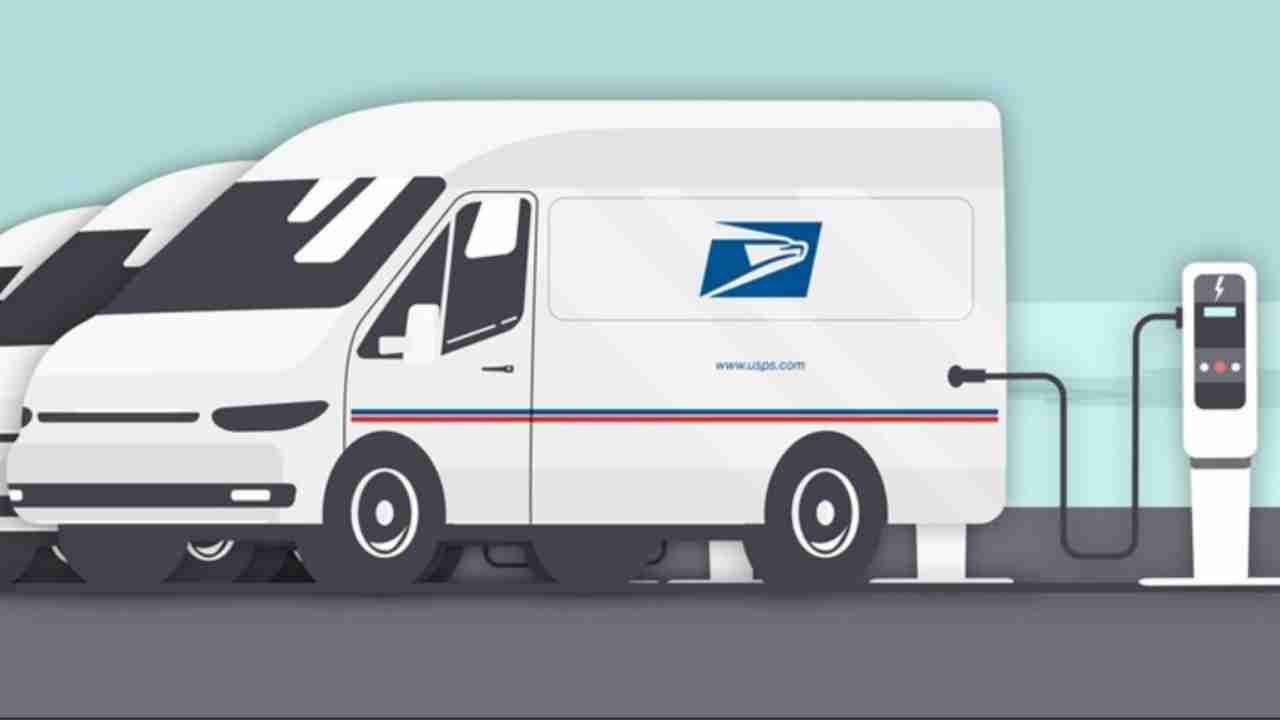March 17, 2022 (RISC-WP-22-003)
- As the Postal Service prepares to acquire a new delivery fleet, electric vehicles may be a good option for deployment on many postal routes.
- There is considerable variation among delivery routes, and many factors can make a route either more or less suitable to electric vehicle deployment.
In February 2021, USPS awarded a contract to produce and deploy 50,000 to 165,000 Next Generation Delivery Vehicles (NGDVs) over 10 years to replace its aging fleet. The agency announced its intention to make at least 10 percent of its NGDVs electric. The agency’s decision to electrify a portion of its delivery fleet will impact employees, operations, and services for decades to come.
In this white paper, the OIG sought to identify opportunities and challenges in adopting electric delivery vehicles. We assessed the suitability of using electric vehicles as delivery vehicles and analyzed the potential long-term cost savings of a new electric delivery vehicle compared to a new gas-powered vehicle. We also benchmarked the electric vehicle experiences of other federal agencies, foreign posts, and companies in the logistics and shipping sector.
We identified several clear benefits of adopting electric vehicles into the postal delivery fleet, including improved sustainability and environmental impacts. Our research confirms that electric vehicle technology is generally capable of meeting the Postal Service’s needs.
The adoption of electric delivery vehicles could save the Postal Service money in the long term — at least for certain delivery routes. The upfront costs of an electric delivery vehicle and necessary charging infrastructure is significantly higher than the cost of buying a new gasoline-powered vehicle, but once purchased, electric vehicles are generally cheaper to operate. For example, longer routes are more suited to electric vehicles because the agency saves money on each mile driven.

